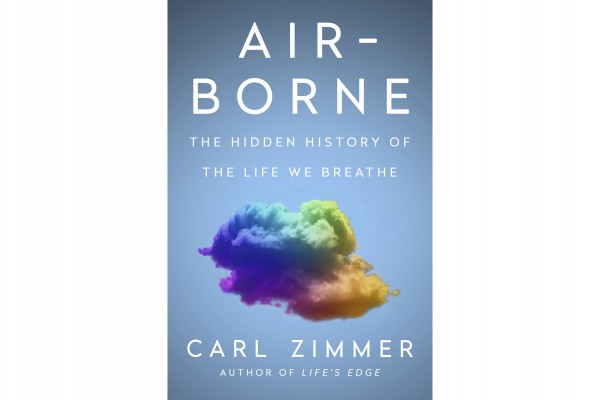A history of aerobiology would normally be a book that would have little interest beyond the science community. But in “Air-Borne: The Hidden History of the Life We Breath," Carl Zimmer transforms the topic into something that reads like a combination of detective and horror stories.
Zimmer creates a highly relevant and gripping history of the study of the air that spans from Louis Pasteur holding a glass globe on a glacier to scientists racing to fight COVID-19 during the pandemic.
The book shows what a vital role the science of airborne life has played in the fight against COVID, influenza and other diseases. Zimmer also introduces readers to figures little known to the mass public who have played a role in the field's evolution.
They include William Firth Wells, a pioneer in aerobiology whose work was crucial in understanding how airborne diseases spread, especially during the pandemic.
Zimmer's book also shows how the work of Wells and other scientists was distorted into something that was used as the basis of biological weapons.
Using the outbreak among a Washington state choir, Zimmer chillingly describes how COVID-19 spread through the air and the frustrating rifts among health officials during the pandemic about addressing to the public that the virus was airborne.
As Zimmer puts it, the pandemic “made the ocean of gases surrounding us visible.” His book is a key guide for understanding that ocean.
___
AP book reviews: https://apnews.com/hub/book-reviews



















